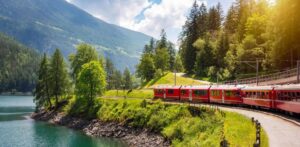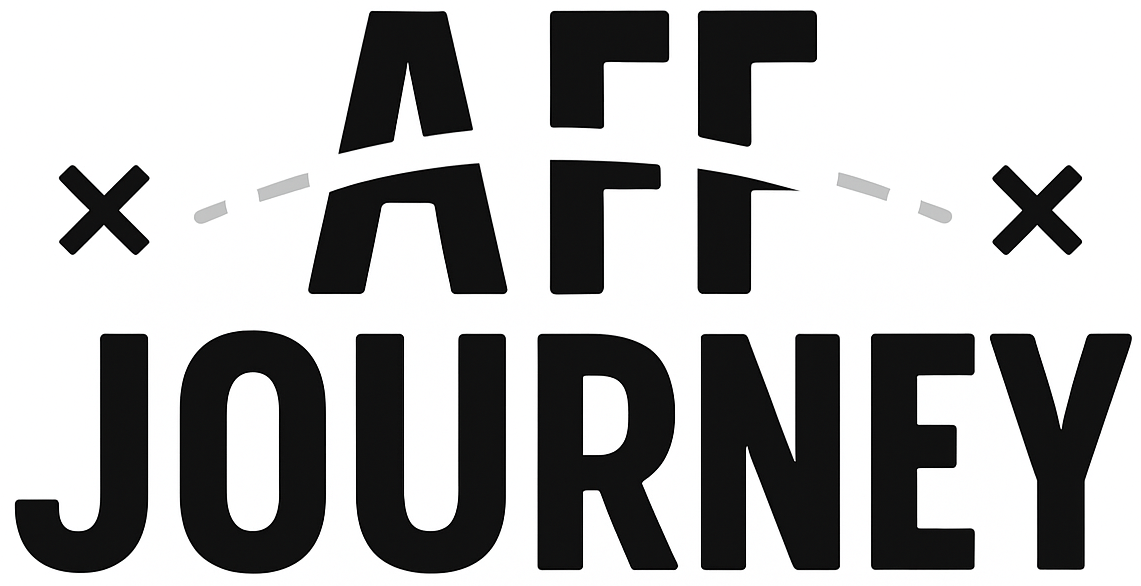© 2025 AffordableJourney. Built with care by our team. All rights reserved.
From Tango in Buenos Aires to Graffiti in Bogotá: My Latin Art Trail
By Elena Moretti
A colorful tale of passion, rhythm, and street masterpieces.
Beginning in Buenos Aires: Where Art Dances in the Streets
My journey through Latin America didn’t begin with a museum—it began with a dance. Buenos Aires welcomed me with late-night energy and the sound of heels clicking on cobblestones. In San Telmo, tango isn’t just entertainment—it’s an expression of soul.
One evening, I wandered into Plaza Dorrego and found a couple performing under flickering streetlights. Their tango wasn’t polished for tourists. It was raw, intimate, powerful. Each movement was a conversation—of longing, defiance, seduction. I stood still for nearly an hour, completely hypnotized.
Later, I spoke with one of the dancers, a woman named Camila. “Tango is how we tell our stories,” she said. “Our pain. Our passion. Our past.”
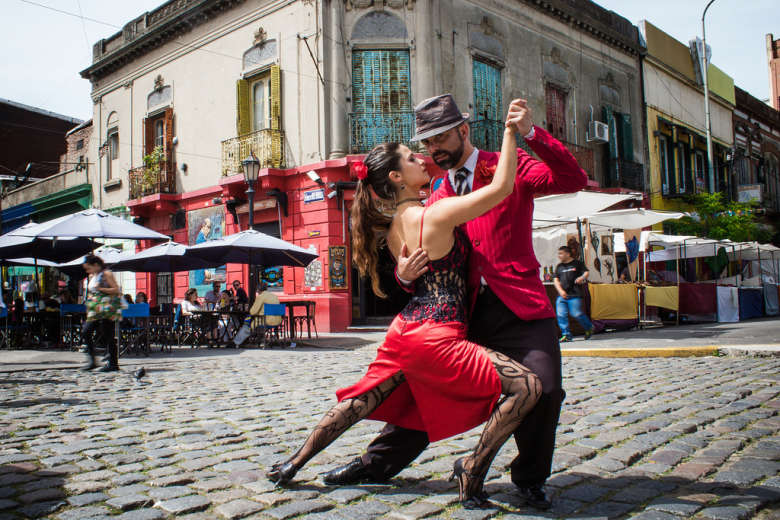
Murals That Speak in Valparaíso
From Argentina, I moved west to Chile. Valparaíso hit me like a visual fever dream. Its steep hills were covered in murals that wrapped around staircases, rooftops, and even bus stops. Every wall seemed to have something to say.
Local guides explained how graffiti and street art became political tools in Valparaíso—especially during and after Pinochet’s dictatorship. The colors were bright, but the messages were often dark. Resistance. Identity. Grief. Hope.
I met a young artist named Nico who told me, “We don’t ask permission to speak through art. That’s the point. The city is our canvas.”

Medellín’s Transformation Through Paint
In Medellín, Colombia, I saw what art can do for a city’s spirit. Once known for violence, Comuna 13 is now a living gallery. Every wall tells a story of transformation—of reclaiming a narrative.
I took a street art tour led by Diego, a former graffiti artist. He walked us through the alleyways like a curator, pointing out murals that honored victims, celebrated culture, or simply exploded with joy. “Art gave this community its voice back,” he said.
At one mural of a child with wings, I stopped longer than the rest. Something about the eyes made me tear up. It felt like a prayer for peace.
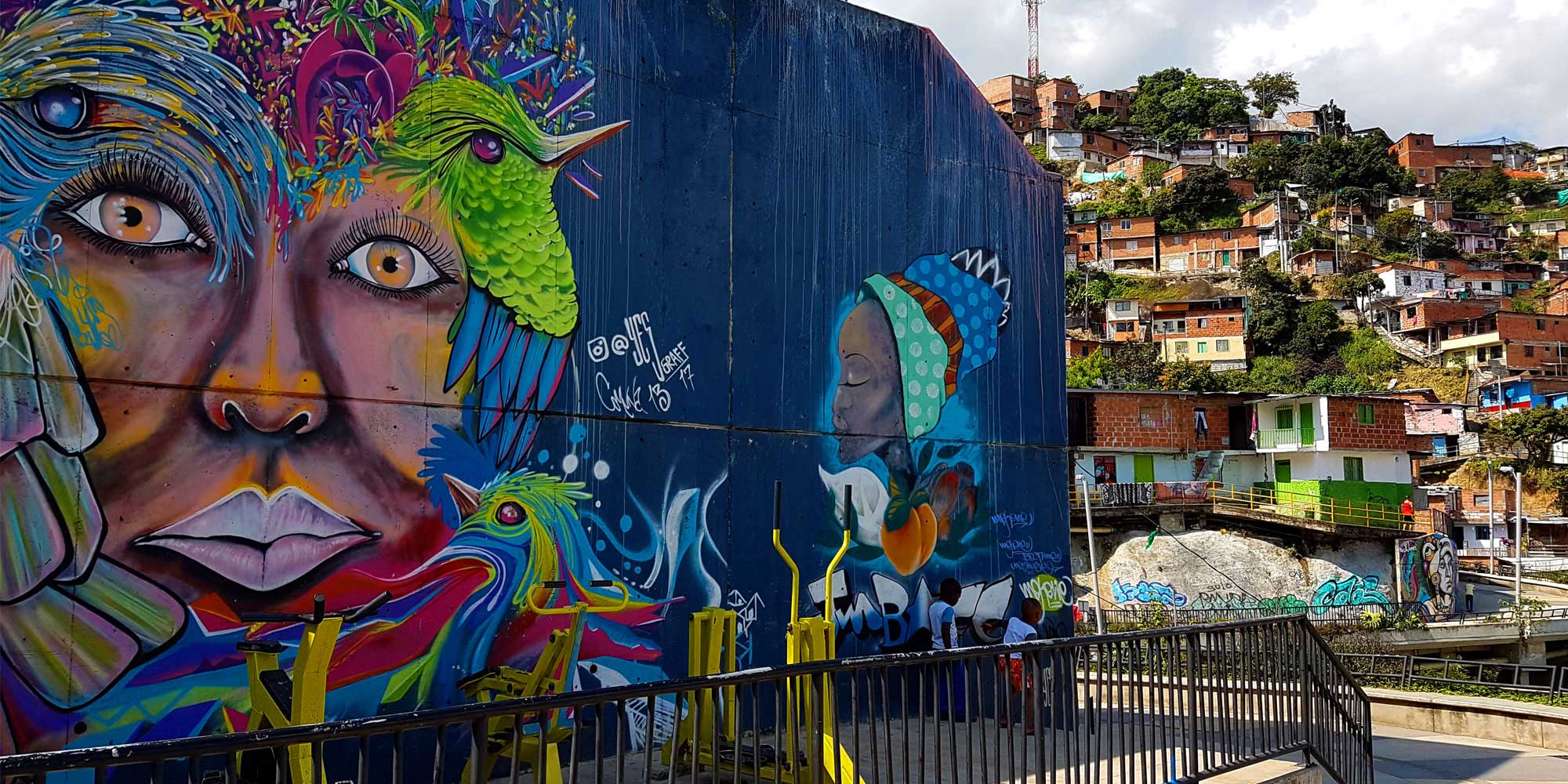
Bogotá: An Open-Air Art Classroom
Bogotá surprised me most. I expected suits and business, but I found poetry on the pavement. La Candelaria, the old town, was a maze of colonial facades and technicolor murals.
Unlike in many cities, graffiti in Bogotá is semi-legal—and even celebrated. Artists work in broad daylight, sometimes sponsored by galleries or city councils. It’s a city that recognizes street art not as vandalism but as visual storytelling.
I attended a live painting session where two artists collaborated on a piece dedicated to lost Indigenous languages. The colors were rich—ochre, jade, charcoal—and the crowd clapped after the final brushstroke.

The Connection Between Tango and Spray Paint
At first glance, tango and graffiti don’t belong in the same sentence. But as I moved through Latin America, I began to see the through line: expression born from struggle. Creativity tied to identity. Beauty used as resistance.
Tango started in the working-class barrios of Buenos Aires. Street art grew from protest in Chile and Colombia. Both became mirrors for their societies. Both captivated me in a way no gallery ever could.
I realized that to understand a place, I didn’t just need to learn its history—I needed to witness how its people turn pain into poetry.
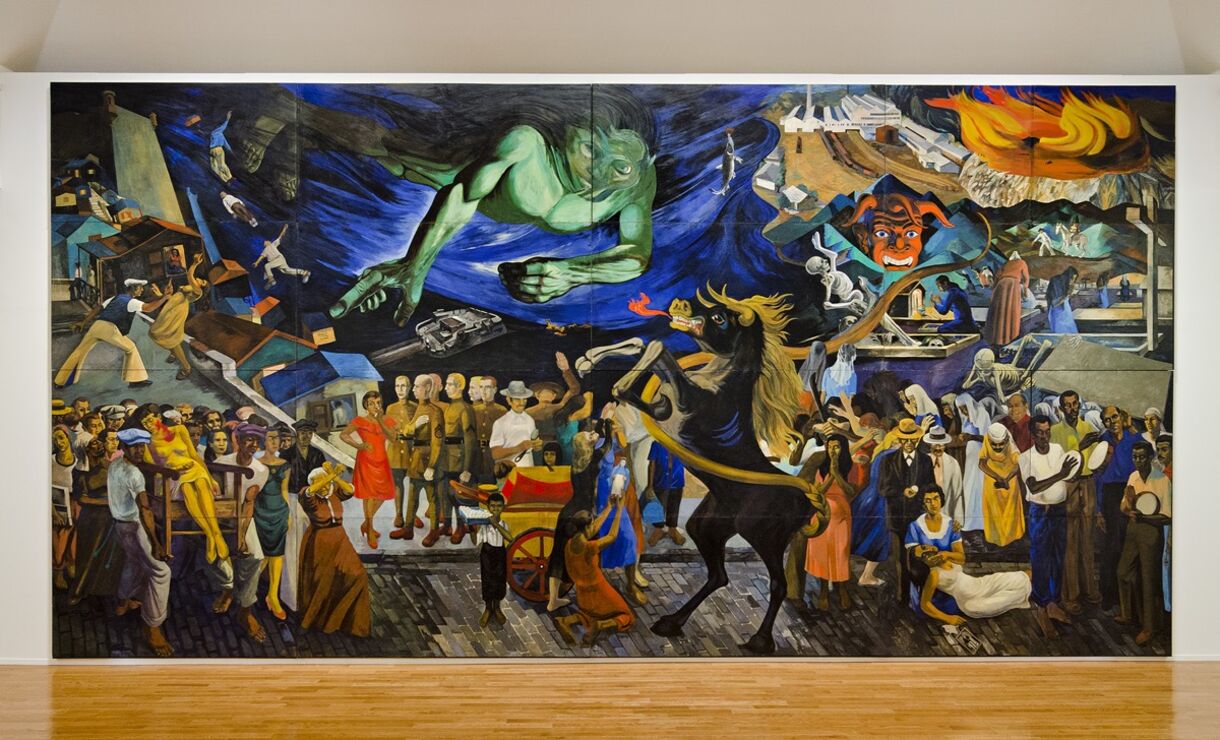
Following the Art Trail
This journey wasn’t planned around famous museums. It was shaped by intuition. By turning corners. By listening. And most of all, by watching where art was breathing out loud.
If you ever travel through Latin America, don’t just look for art in galleries. Follow the music. Follow the colors. Follow the rhythm painted on city walls and danced into midnight streets.
Because sometimes, the most unforgettable art doesn’t hang in silence—it pulses with life.
Have you ever followed art into the heart of a city? Share your story or tag @AffordableJourney with #LatinArtTrail.

